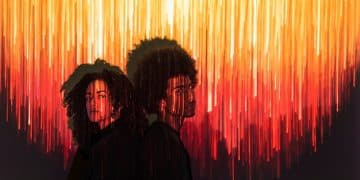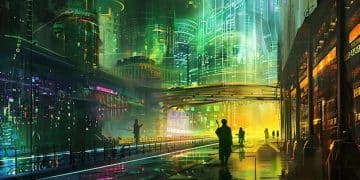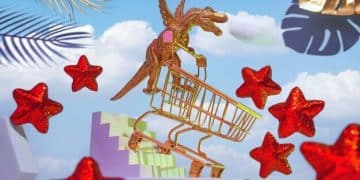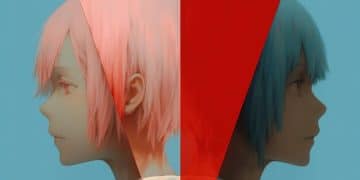Anime Art Styles: Evolution Over the Last 20 Years
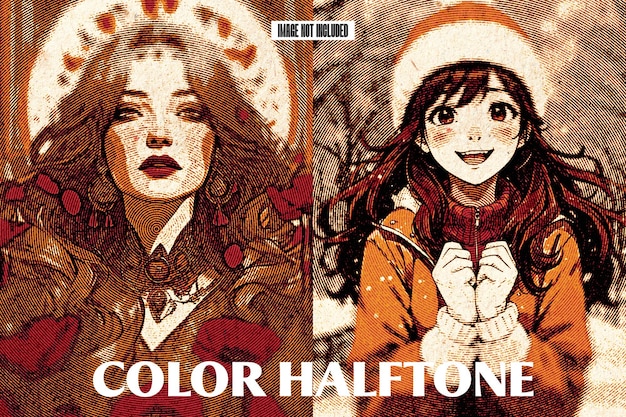
Anime art styles have undergone a significant evolution over the last 20 years, influenced by advancements in technology, shifts in cultural preferences, and the globalization of the medium.
The world of anime is constantly evolving, and nowhere is this more evident than in its visual styles. Let’s embark on a journey to explore the **Anime Art Styles: Tracing the Evolution Over the Last 20 Years**.
The Early 2000s: A Transitional Period
The early 2000s represented a bridge between traditional animation techniques and the burgeoning influence of digital tools. This era saw a refinement of established styles while hinting at the transformations to come.
The clean lines and vibrant colors that defined much of 90s anime continued to be prevalent, but there was also a noticeable increase in detail, particularly in character designs. Shows like “Fruits Basket” (2001) exemplified this, with smooth animation and expressive character features.
The Rise of Digital Animation
One of the most significant shifts during this period was the increasing adoption of digital animation. While traditional cel animation still held its place, digital tools offered new possibilities for efficiency and visual effects.
Character Design Trends
Character designs in early 2000s anime often featured larger, more expressive eyes and more elaborate hairstyles. There was also a trend towards more slender and idealized body proportions.
- Emphasis on emotive expressions through detailed eyes.
- Refined character silhouettes with contemporary fashion influences.
- Inclusion of detailed background art, often digitally enhanced.
Series like “Kanon” (2002) showcased these trends with its distinctive character designs created by Itaru Hinoue. Each character had a unique aesthetic but maintained the overall anime character model of the period. More and more anime series started trending to this new kind of Anime Art.
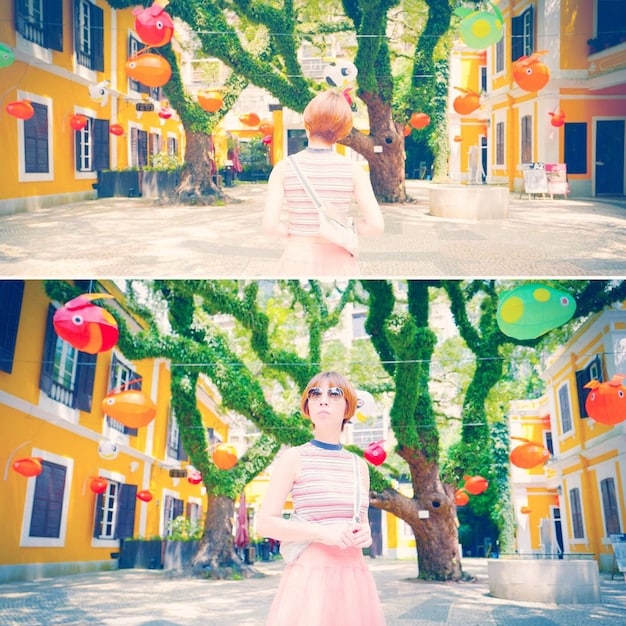
Mid-2000s: Experimentation and Diversification
The mid-2000s marked a period of increased experimentation and diversification within anime art styles. As the industry matured, creators began to push boundaries and explore new visual territories.
This era saw the emergence of distinct visual styles catering to diverse genres and target audiences. From the gritty realism of “Ergo Proxy” (2006) to the whimsical charm of “Ouran High School Host Club” (2006), anime embraced a wide range of aesthetic approaches.
Genre-Specific Styles
Different genres began to develop their own characteristic art styles. Action anime often featured dynamic, high-energy animation and detailed fight sequences, while slice-of-life series favored softer, more gentle visuals.
One influential series during this time was “Code Geass” (2006), designed by CLAMP, and “Death Note”, series with a great unique Anime Art and character design, which had a great impact on the anime industry.
Influence of Western Animation
As anime gained popularity outside of Japan, some studios began to incorporate elements of Western animation styles into their work. This cross-pollination of influences led to some interesting hybrid styles.
- Greater emphasis on shading and lighting techniques.
- More realistic character proportions in some series.
- Integration of 3D animation into traditionally animated scenes.
Many anime series now showcase fight scenes with computer graphics. This is more evident in fighting series like “Bleach” or “One Piece”. While the Anime Arts are still evident, the added animation gives action scenes an edge.
Late 2000s: Refinement and Technological Integration
The late 2000s saw a refinement of the trends established earlier in the decade, coupled with further integration of digital technology into the animation process. This era was marked by a level of visual polish and sophistication that had not been seen before.
Studios like Kyoto Animation rose to prominence during this period, setting a new standard for visual excellence with series like “K-On!” (2009). Their meticulous attention to detail and fluid animation became hallmarks of their style.
Advances in Digital Compositing
Digital compositing techniques became more advanced, allowing for more seamless integration of different animation elements. This led to more visually rich and immersive anime experiences.
The “Moe” Aesthetic
The “moe” aesthetic, characterized by cute and endearing character designs, became increasingly popular during this period. This style often featured large, expressive eyes, rounded faces, and delicate features.
- Highly detailed and expressive character animation.
- Sophisticated use of color palettes to evoke specific moods.
- Seamless integration of 2D and 3D animation elements.
“Toradora!” (2008) perfectly represents the cuteness in character design, incorporating the charm of the art in slice-of-life anime. The background and overall aesthetic gave viewers a more relaxed experience.
Early 2010s: The Rise of Streaming and New Platforms
The early 2010s were a transformative period for the anime industry, driven by the rise of streaming services and the emergence of new platforms for content distribution. These changes had a profound impact on anime art styles.
With the increased accessibility of anime through platforms like Crunchyroll and Netflix, studios began to cater to a global audience. This led to a greater diversity of art styles and storytelling approaches.
Influence of Global Audiences
Anime creators became more aware of the preferences and expectations of international viewers. This influenced character designs, storylines, and overall visual presentation.
The Popularity of “Isekai” Anime
The “isekai” genre, which features characters being transported to another world, gained significant popularity during this time. This genre often employed distinctive art styles to differentiate the fantasy world from the real world.
- More diverse character designs to appeal to global audiences.
- Greater use of vibrant colors and fantastical imagery.
- Experimentation with different animation techniques.
An example of this is what Trigger Anime put out. Titles like “Kill la Kill” or “Little Witch Academia” showed the unique approach that can be put in animation.
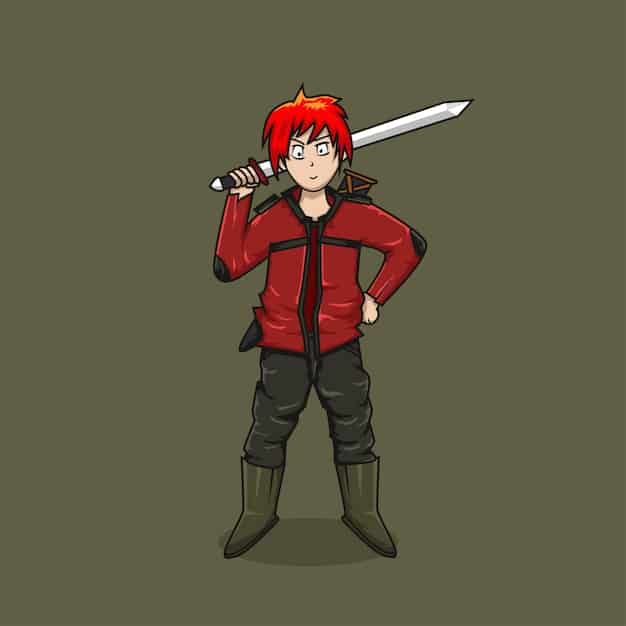
Mid-2010s: Embracing Diverse Aesthetics
The mid-2010s saw anime embracing an even wider range of aesthetics. As the industry continued to grow and evolve, creators became increasingly willing to experiment with different visual styles and storytelling techniques.
This era saw the emergence of visually stunning series like “Your Name.” (2016), which combined breathtaking animation with emotionally resonant storytelling. Makoto Shinkai’s work became a benchmark for cinematic anime.
The Impact of “Your Name.”
“Your Name.” had a profound impact on the anime industry, raising the bar for visual quality and storytelling. Its success demonstrated the potential of anime to transcend cultural boundaries and connect with audiences worldwide.
The Resurgence of Traditional Animation Techniques
While digital animation continued to dominate the industry, there was also a renewed appreciation for traditional animation techniques. Some studios began to incorporate hand-drawn elements into their work to create a more organic and tactile feel.
- Increased use of dynamic camera angles and visual effects.
- More emphasis on detailed background art and atmospheric effects.
- Blending of traditional and digital animation techniques.
Many anime enthusiasts were impressed with the quality of Anime Arts during the mid-2010s. During this time, popular animes rose to the top and some people started to reconsider watching anime because of the quality.
Late 2010s: The Consolidation of Digital Techniques
By the late 2010s, digital animation techniques had become fully integrated into the anime production pipeline. This era was marked by a consolidation of these techniques and a focus on refining existing art styles.
Series like “Demon Slayer” (2019) showcased the power of digital animation with its breathtaking visuals and dynamic action sequences. Ufotable’s work became a symbol of the industry’s technical prowess.
The Influence of Ufotable
Ufotable’s meticulous attention to detail, fluid animation, and innovative visual effects set a new standard of excellence in the anime industry, directly impacting the art direction and animation benchmarks other studios aim to achieve.
The Rise of 3D CGI Anime
While initially met with skepticism, 3D CGI anime began to gain acceptance as studios improved their techniques. Series like “Beastars” (2019) demonstrated the potential of CGI to create visually compelling and expressive characters.
- Greater use of dynamic lighting and particle effects.
- More realistic character movements and facial expressions.
- Integration of CGI animation into action sequences and background art.
With the success of Demon Slayer and Beastars, many are anticipating more anime hits because of the advancement of Anime Arts from the late 2010s.
| Key Aspect | Brief Description |
|---|---|
| 🎨 Digital Transition | Shift from traditional cel animation to digital tools. |
| 🌟 Character Design | Evolution in eye styles, proportions, and emotive expressions. |
| 🌐 Global Influence | Stylistic diversity due to a wider international anime audience. |
| 🖥️ Technological Advances | Use of CGI and sophisticated digital compositing techniques. |
Frequently Asked Questions
▼
The move to digital animation brought more precision, vibrant colors, and intricate effects. It allowed for easier revisions and increased production efficiency in the industry.
▼
The moe aesthetic focuses on cuteness, usually featuring characters with large, expressive eyes and gentle features, intending to evoke a sense of affection or protectiveness from viewers.
▼
Global accessibility has spurred creators to cater to diverse tastes, with varied character designs and storylines that resonate with international audiences. This leads to stylistic diversifications.
▼
Ufotable raised industry standards through their meticulous attention to detail, fluid animation, and inventive visual effects, particularly evident in series like “Demon Slayer.”
▼
Yes, while digital techniques dominate, there’s a resurgence of traditional animation as some studios integrate hand-drawn elements to create a more tactile, organic feel, blending both modes for enhanced visual artistry.
Conclusion
Over the past two decades, anime art styles have undergone a dynamic transformation, driven by technological advancements, shifting aesthetic preferences, and the growing globalization of the medium. From the transitional period of the early 2000s to the sophisticated digital techniques of today, anime has consistently evolved. The journey showcases a rich tapestry of visual innovation and creativity.

